Home>diy>Building & Construction>How To Repair Cinder Block Foundation
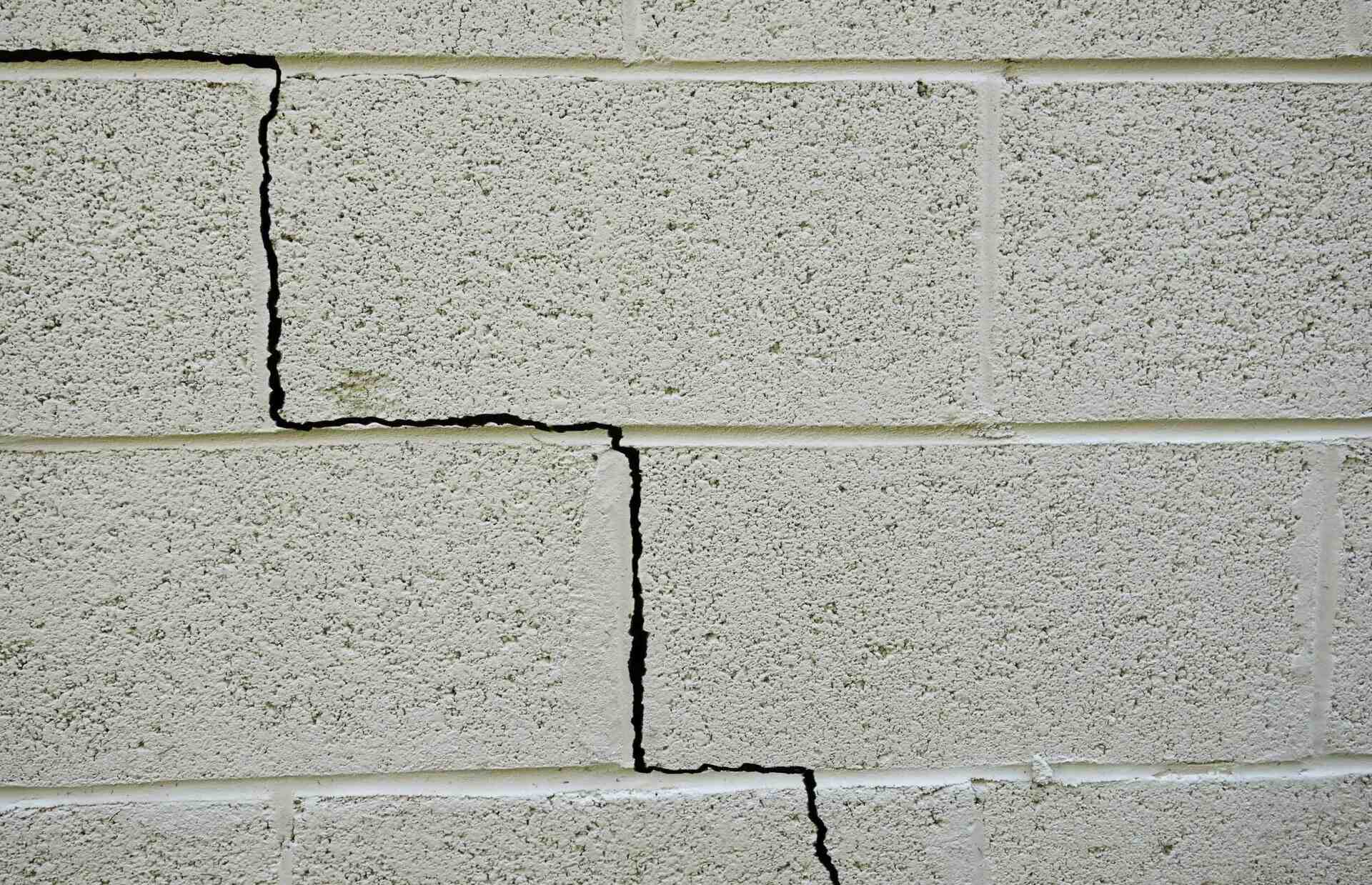

Building & Construction
How To Repair Cinder Block Foundation
Modified: October 20, 2024
Learn how to repair a cinder block foundation with our expert building construction tips. Ensure the stability of your structure and prevent costly repairs in the future.
(Many of the links in this article redirect to a specific reviewed product. Your purchase of these products through affiliate links helps to generate commission for Storables.com, at no extra cost. Learn more)
Introduction
Welcome to our comprehensive guide on how to repair cinder block foundations. If you are a homeowner or contractor dealing with a damaged cinder block foundation, you’ve come to the right place. This article will provide you with the knowledge, tips, and step-by-step instructions needed to successfully repair and restore your cinder block foundation.
Cinder block foundations are a popular choice for many residential and commercial buildings due to their durability and cost-effectiveness. However, over time, these foundations can develop cracks, bowing, or even structural damage. If left untreated, these issues can compromise the integrity of the entire structure.
Repairing a cinder block foundation may seem like a daunting task, but with the right tools, materials, and techniques, it can be done effectively and efficiently. Whether you are a seasoned professional or a DIY enthusiast, this guide will walk you through the process, ensuring that your cinder block foundation is restored to its original strength and stability.
Before we dive into the specifics of repairing cinder block foundations, it’s important to understand their construction and potential causes of damage. Cinder block foundations are typically made of concrete blocks reinforced with steel bars or rebar, providing strength and stability to buildings. However, factors such as water damage, poor foundational design, soil movement, or improper construction techniques can lead to foundation problems.
As a homeowner or contractor, it’s crucial to recognize the signs of foundation damage early on to prevent further deterioration. Some common indications of foundation issues include:
- Visible cracks in the cinder blocks or mortar joints
- Uneven or sagging floors
- Doors or windows that stick or no longer close properly
- Bowing or leaning walls
- Water infiltration or dampness in the basement
If you notice any of these signs, it’s essential to take immediate action to address the problem. Ignoring foundation damage can lead to more extensive and costly repairs down the line.
Now that you have a basic understanding of cinder block foundations and the signs of damage, let’s move on to the tools and materials you’ll need for the repair process. Remember to gather all the necessary supplies before starting the project to ensure a smooth and efficient repair.
Key Takeaways:
- Properly preparing, cleaning, and inspecting a cinder block foundation, as well as filling cracks and addressing structural damage, are essential steps in restoring its integrity and preventing further deterioration.
- Applying a waterproof coating and following safety precautions, along with regular inspections and professional consultation, are crucial for long-term protection and maintenance of a repaired cinder block foundation.
Understanding Cinder Block Foundations
Cinder block foundations are a common type of foundation used in the construction of residential and commercial buildings. These foundations offer several advantages, including affordability, durability, and fire resistance. Understanding how these foundations are constructed can help you better assess and repair any damage that may occur.
Cinder blocks, also known as concrete blocks or masonry units, are rectangular-shaped blocks made from a mixture of Portland cement, aggregates, and water. They are typically reinforced with steel bars or rebar for added strength and stability.
The construction process for cinder block foundations involves laying courses of blocks on a solid and level footing, with mortar used to bond the blocks together. The blocks are typically stacked in a running bond pattern, where the vertical joints of one course align with the center of the blocks in the courses above and below.
These foundations are designed to support the weight of the structure above while preventing settlement or shifting of the building. However, several factors can contribute to damage or deterioration of cinder block foundations over time.
One common cause of foundation damage is water infiltration. If water seeps into the cinder blocks or the surrounding soil, it can weaken the blocks and cause them to crack or deteriorate. This can lead to further structural issues and potential water damage within the building.
Another factor that can impact cinder block foundations is soil movement. Expansive soils, such as clay, can expand and contract with changes in moisture content. This movement can exert pressure on the foundation walls, leading to cracking or shifting.
Poor construction practices or design can also contribute to foundation problems. Insufficient reinforcement, improper mortar mix, or inadequate drainage can all compromise the structural integrity of the foundation.
Now that you have a better understanding of how cinder block foundations are constructed and the potential causes of damage, it’s important to be able to identify signs of foundation issues. The next section will cover some common indications that your cinder block foundation may be in need of repair.
Signs of Foundation Damage
Identifying signs of foundation damage early on is crucial to prevent further deterioration and costly repairs. Whether you’re a homeowner or a contractor, being able to recognize these indications will help you take prompt action and address the problem before it worsens. Here are some common signs of foundation damage to look out for:
- Visible cracks: One of the most noticeable signs of foundation issues is the presence of cracks in the cinder blocks or mortar joints. These cracks can vary in size and direction. Horizontal cracks can indicate pressure from the soil or water damage, while vertical cracks may suggest settling or shifting of the foundation.
- Uneven or sagging floors: If you notice that the floors in your building are no longer level, it could be a sign of foundation damage. Uneven or sagging floors can occur when the foundation settles or shifts, causing the subfloor to become unlevel.
- Doors or windows that stick: Difficulty opening or closing doors and windows can indicate foundation issues. As the foundation shifts, it can cause the frames to become misaligned, making it challenging to operate these fixtures smoothly.
- Bowing or leaning walls: When the foundation experiences significant movement or damage, it can result in walls that bow or lean. This occurs as the pressure from the soil or water disrupts the stability of the foundation, causing the walls to shift out of alignment.
- Water infiltration or dampness: If you notice water infiltration or persistent dampness in the basement or crawl space, it could be a sign of foundation problems. Cracks in the foundation walls can allow water to seep in, leading to moisture issues and potential damage to the building’s structure.
It’s important to note that these signs can vary depending on the severity of the foundation damage and the specific conditions of your building. If you observe any of these indications, it’s recommended to consult with a professional foundation contractor or structural engineer to assess the extent of the damage and develop a proper repair plan.
Now that you’re aware of the signs of foundation damage, let’s move on to the tools and materials you’ll need to carry out the repairs effectively.
Tools and Materials Needed
Before you begin repairing your cinder block foundation, it’s important to gather all the necessary tools and materials. Having everything prepared in advance will ensure a smooth and efficient repair process. Here’s a list of tools and materials you’ll need:
Tools:
- Hammer: For removing any loose or damaged cinder blocks.
- Masonry chisel: Used to chip away any mortar or protrusions on the cinder blocks.
- Level: To ensure that the repaired foundation is properly aligned and level.
- Masonry brush: Used to clean the surface of the cinder blocks.
- Jointing tool: For smoothing out the mortar joints.
- Plastic sheeting or tarps: To protect the surrounding area from debris.
- Safety gear: Including gloves, safety glasses, and a dust mask, to protect yourself during the repair process.
Materials:
- Mortar mix: For bonding the cinder blocks together during repairs.
- Concrete repair compound: Used to fill cracks and damaged areas in the cinder blocks.
- Reinforcing mesh or rebar: Provides added strength and stability to the repaired foundation.
- Waterproof coating or sealer: To protect the foundation from water damage and prevent future issues.
- Clean water: Required for mixing the mortar and repair compounds.
It’s important to note that the specific tools and materials needed may vary depending on the scope and severity of the foundation damage. Assess the condition of your foundation and consult with a professional if you’re unsure about the appropriate tools or materials for your specific repair project.
Once you have gathered all the necessary tools and materials, you can proceed with preparing the foundation for repair. In the next section, we will cover the essential steps to get your cinder block foundation ready for the repair process.
Preparing for the Repair
Before you can begin the repair process for your cinder block foundation, it’s crucial to properly prepare the area. Taking the time to prepare will ensure that the repairs are carried out effectively and that the foundation is ready for the necessary repairs. Follow these steps to prepare your cinder block foundation:
- Clear the area: Remove any obstacles or debris near the foundation to create a clear and safe working space. This includes plants, furniture, or any other items that may obstruct your access to the foundation walls.
- Protect surrounding surfaces: Cover any nearby surfaces, such as landscaping, windows, or doors, with plastic sheeting or tarps. This will prevent damage or staining from any debris or materials used during the repair process.
- Inspect for safety hazards: Examine the foundation area for any potential safety hazards, such as loose or unstable cinder blocks. Use a hammer to gently tap on the blocks and listen for hollow sounds, which may indicate damage or deterioration.
- Secure permits: Depending on your local regulations, you may need to secure permits before initiating any foundation repair work. Check with your local building department to ensure compliance with necessary permits or inspections.
- Maintain safety precautions: Wear appropriate safety gear, including gloves, safety glasses, and a dust mask, to protect yourself from any potential hazards, such as dust or debris.
By taking the time to properly prepare the area, you can ensure a safer and more efficient repair process. Now that you have completed the necessary preparations, the next step is to clean and inspect the cinder block foundation for any signs of damage.
In the next section, we will cover the important steps for cleaning and inspecting the foundation prior to initiating the repairs.
Read more: How To Build A Cinder Block Outdoor Kitchen
Cleaning and Inspection
Once you have prepared the area for repair, the next step in restoring your cinder block foundation is to clean and inspect the structure. This process is crucial to remove any dirt, debris, or loose materials that may interfere with the repair work. Additionally, a thorough inspection will help you identify any underlying issues that may need attention. Follow these steps to clean and inspect your cinder block foundation:
- Remove vegetation: Clear any vegetation or overgrown plants around the foundation walls. Trim back bushes or trees to ensure unobstructed access to the exterior walls.
- Remove loose materials: Use a stiff-bristle brush or a masonry brush to remove any loose dirt, dust, or debris from the surface of the cinder blocks. Pay close attention to cracks and crevices where debris may accumulate.
- Inspect for cracks: Carefully examine the cinder block walls for any visible cracks or damage. Look for both horizontal and vertical cracks, as well as any areas where the mortar joints may have deteriorated. Take note of the size and location of each crack for reference during the repair process.
- Check for water damage: Look for signs of water damage, such as discoloration, efflorescence (white, powdery substance), or mold growth. These indications may suggest water infiltration, which can lead to further deterioration of the foundation.
- Assess structural stability: Check for any signs of bowing or leaning walls, as well as gaps or separations between the cinder blocks. These issues may indicate more significant structural damage that requires professional attention.
By cleaning and inspecting the cinder block foundation, you gain a better understanding of the extent of the damage and can prioritize the necessary repairs. It’s important to document any findings or observations during the inspection phase as these will inform your repair plan.
Now that you have completed the cleaning and inspection process, it’s time to address the cracks and damaged areas in your cinder block foundation. In the next section, we will guide you through the steps for filling the cracks to restore the integrity and strength of the foundation.
Make sure to thoroughly clean the surface of the cinder block foundation before applying any repair materials. This will ensure better adhesion and a longer-lasting repair.
Filling the Cracks
Cracks in a cinder block foundation can compromise the structural integrity of the building and allow water infiltration, leading to further damage. Filling these cracks is an essential step in repairing the foundation and preventing future issues. Here’s a guide on how to fill the cracks in your cinder block foundation:
- Clean the cracks: Use a wire brush or a masonry brush to clean out any dirt, loose debris, or old mortar from the cracks. Ensure that the cracks are free from any obstructions, allowing the repair material to properly adhere.
- Moisten the cracks: Dampen the cracks with clean water using a spray bottle or a sponge. Moistening the cracks helps to improve the bond between the repair material and the cinder block surface.
- Mix the repair compound: Prepare the repair compound according to the manufacturer’s instructions. Typically, you will need to mix the repair compound with clean water until you achieve a thick yet workable consistency.
- Apply the repair compound: Using a trowel or a putty knife, carefully fill the cracks with the repair compound. Press the compound firmly into the cracks, ensuring it completely fills the voids. Smooth out the surface of the compound, making it level with the surrounding area.
- Allow the compound to cure: Follow the manufacturer’s guidelines for the curing time of the repair compound. It may take several hours or days for the compound to fully cure and harden.
- Inspect and repeat if necessary: Once the repair compound has cured, inspect the filled cracks for any gaps or imperfections. If needed, apply additional layers of the repair compound to ensure a seamless and solid repair.
It’s important to note that for larger or more severe cracks, you may need to use reinforcing mesh or insert rebar into the repair compound for added strength and stability. Consult with a professional if you’re unsure about the appropriate approach for larger cracks or extensive damage.
By filling the cracks in your cinder block foundation, you are taking a critical step in restoring the integrity of the structure. However, it’s important to remember that crack repair is just one aspect of the overall foundation repair process. In the next section, we will cover how to address structural damage in a cinder block foundation.
Repairing Structural Damage
In some cases, cinder block foundations may experience more significant structural damage, such as bowing or leaning walls, or gaps and separations between blocks. These issues require a specialized approach to ensure the stability and safety of the building. Here’s a guide on how to repair structural damage in your cinder block foundation:
- Assess the severity of the damage: Before proceeding with repairs, it’s crucial to evaluate the extent of the structural damage. If the damage is extensive or poses a significant risk, it’s recommended to consult with a professional foundation contractor or structural engineer.
- Create temporary support: If you notice significant bowing or leaning walls, you may need to provide temporary support to prevent further movement during the repair process. Temporary braces or supports made of lumber can be used to stabilize the walls.
- Remove damaged blocks: Carefully remove any damaged or compromised cinder blocks using a hammer and chisel. Take caution to avoid causing further damage to the surrounding blocks or the foundation.
- Repair or reinforce the wall: Depending on the severity of the structural damage, you may need to reinforce the repaired area with rebar or reinforcing mesh. Consult with a professional to determine the appropriate reinforcement method for your specific situation.
- Replace the blocks: Install new cinder blocks in the repaired area, ensuring a proper fit and alignment with the surrounding blocks. Use mortar mix to bond the blocks together, following the manufacturer’s instructions for mixing and application.
- Allow the mortar to cure: Give the mortar sufficient time to cure and harden. Follow the recommended curing time specified by the manufacturer before applying any additional treatments or finishes.
- Monitor for further movement: After completing the structural repairs, it’s important to monitor the foundation for any signs of continued movement or instability. If you notice any recurring issues, consult with a professional to address the underlying causes and implement appropriate remedies.
Repairing structural damage in a cinder block foundation can be complex and requires careful attention to detail. It’s essential to prioritize safety and consult with professionals when dealing with significant structural issues.
Once the structural repairs are complete, it’s recommended to apply a waterproof coating to further protect your foundation from water damage and prevent future issues. In the next section, we will cover how to apply a waterproof coating to your cinder block foundation.
Applying a Waterproof Coating
Applying a waterproof coating to your cinder block foundation is a vital step in preventing water infiltration and protecting the structure from potential damage. A waterproof coating acts as a barrier, preventing water from seeping into the foundation and causing issues such as cracks, deterioration, or mold growth. Here’s a guide on how to apply a waterproof coating to your cinder block foundation:
- Clean the foundation surface: Use a wire brush or a masonry brush to remove any dirt, debris, or loose materials from the cinder block surface. Ensure that the surface is clean and free from any obstructions that may hinder the adhesion of the waterproof coating.
- Repair any remaining cracks: Before applying the waterproof coating, address any remaining cracks or damaged areas in the cinder block foundation using an appropriate repair compound. Fill in the cracks and smooth out the surface, ensuring a uniform and level foundation.
- Select a waterproof coating: Choose a waterproof coating product that is suitable for cinder block surfaces. There are various options available, such as liquid waterproofing membranes or elastomeric coatings. Read and follow the manufacturer’s instructions for the specific coating you choose.
- Prepare the waterproof coating: Mix the waterproof coating according to the manufacturer’s instructions. Some coatings may require dilution with water or additional additives. Ensure that you follow the recommended mixing ratios and thoroughly blend the coating before application.
- Apply the waterproof coating: Use a brush, roller, or sprayer to apply the waterproof coating evenly to the surface of the cinder block foundation. Begin at the top and work your way down, ensuring complete coverage. Apply multiple coats as recommended by the manufacturer, allowing sufficient drying time between each coat.
- Inspect and touch up as needed: After the waterproof coating has dried, carefully inspect the foundation surface for any missed spots or areas that require touch-up. Apply additional layers or patch up any areas as necessary to ensure a thorough and effective waterproofing application.
Remember, the effectiveness of the waterproof coating will depend on proper surface preparation and application. It’s essential to follow the manufacturer’s instructions and use high-quality products to achieve the best results.
By applying a waterproof coating to your cinder block foundation, you are taking proactive measures to protect your structure from water damage and potential foundation issues. However, it’s important to note that routine maintenance and regular inspections are still necessary to ensure the long-term integrity of your foundation.
In the next section, we will provide additional tips and considerations to keep in mind as you undertake your cinder block foundation repair project.
Read more: How To Apply Stucco To Cinder Block Wall
Final Tips and Considerations
As you embark on your cinder block foundation repair project, there are some final tips and considerations to keep in mind. These will help ensure a successful and long-lasting repair. Here are some key points to consider:
- Consult with professionals: If you are unsure about the severity of the foundation damage or unsure of the appropriate repair techniques, it’s wise to consult with a professional foundation contractor or structural engineer. They can assess the situation and provide expert guidance.
- Follow safety precautions: Always prioritize safety during the repair process. Wear appropriate safety gear, such as gloves, safety glasses, and a dust mask, to protect yourself from any potential hazards. Use caution when working at heights or handling heavy materials.
- Address underlying causes: While repairing the visible damage is important, it’s crucial to address the underlying causes of foundation issues. Identify and fix any drainage problems, manage moisture levels, and address soil-related issues to mitigate future damage to your foundation.
- Maintain regular inspections: Even after completing the repairs, it’s important to conduct regular inspections of your cinder block foundation. Look out for any new cracks, signs of water infiltration, or other changes that may require attention. Early detection can help prevent further damage.
- Consider professional waterproofing: For added protection, you may want to consider hiring a professional to apply a specialized waterproofing system to your cinder block foundation. They have the expertise and access to advanced waterproofing technologies that can provide long-term protection against water damage.
- Keep records: Maintain detailed documentation of the repairs, including any permits obtained, materials used, and the repair process itself. This information can be helpful for future reference or if you plan on selling your property.
Remember, foundation repairs can vary in complexity and scope depending on the extent of the damage. It’s essential to approach the repair process with patience, attention to detail, and the right tools and materials.
By following these final tips and considering the suggestions in this guide, you can successfully repair and restore your cinder block foundation, ensuring the integrity and stability of your building for years to come. Good luck with your repairs!
If you continue to have concerns or need further assistance, don’t hesitate to reach out to a professional contractor with expertise in foundation repairs.
Conclusion
Repairing a cinder block foundation requires careful planning, the right tools, and a thorough understanding of the repair process. By following the steps outlined in this comprehensive guide, you can effectively restore the integrity and stability of your cinder block foundation.
We began by understanding the construction of cinder block foundations and identifying the signs of foundation damage. We then discussed the essential tools and materials needed for the repair process. Properly preparing the foundation, cleaning and inspecting it, and filling the cracks were all crucial steps in the repair journey. We also covered how to address structural damage and apply a waterproof coating to protect the foundation from water infiltration.
Throughout the process, we highlighted the importance of safety, consulting with professionals when needed, and addressing underlying causes of foundation issues. Regular inspections and maintenance were stressed as essential for the ongoing health of the foundation.
Remember that each foundation repair project may have its unique challenges, so it’s crucial to tailor your approach accordingly. When in doubt, it’s always wise to seek professional guidance or assistance to ensure the best results.
By investing time and effort into repairing your cinder block foundation, you can safeguard the stability and longevity of your building. A solid foundation provides the necessary support for your structure and contributes to the overall safety and value of your property.
With this comprehensive guide as your resource, you have the knowledge and understanding to confidently tackle the repair of your cinder block foundation. Don’t hesitate to begin the repair process and restore your foundation’s strength and stability today!
Frequently Asked Questions about How To Repair Cinder Block Foundation
Was this page helpful?
At Storables.com, we guarantee accurate and reliable information. Our content, validated by Expert Board Contributors, is crafted following stringent Editorial Policies. We're committed to providing you with well-researched, expert-backed insights for all your informational needs.
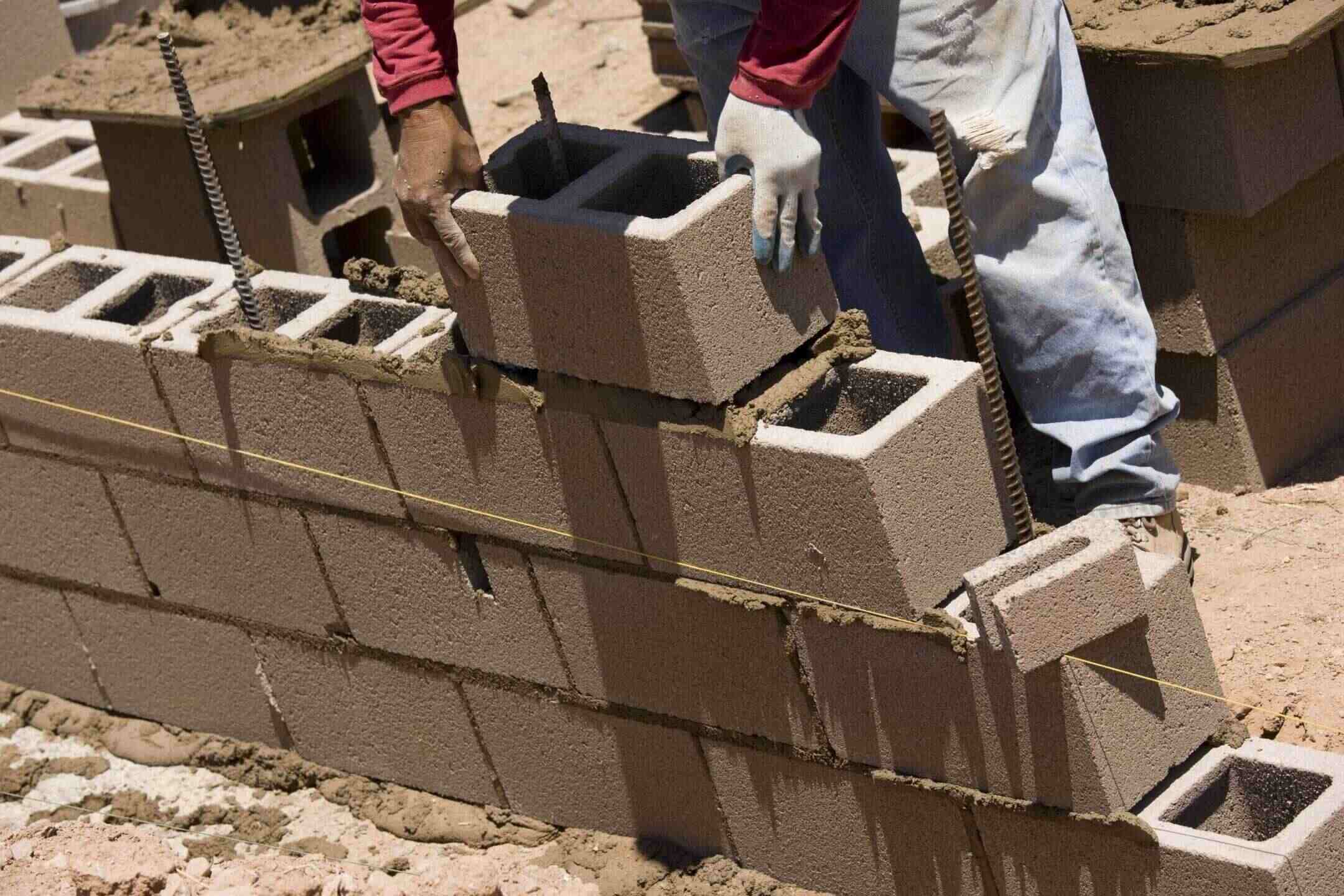
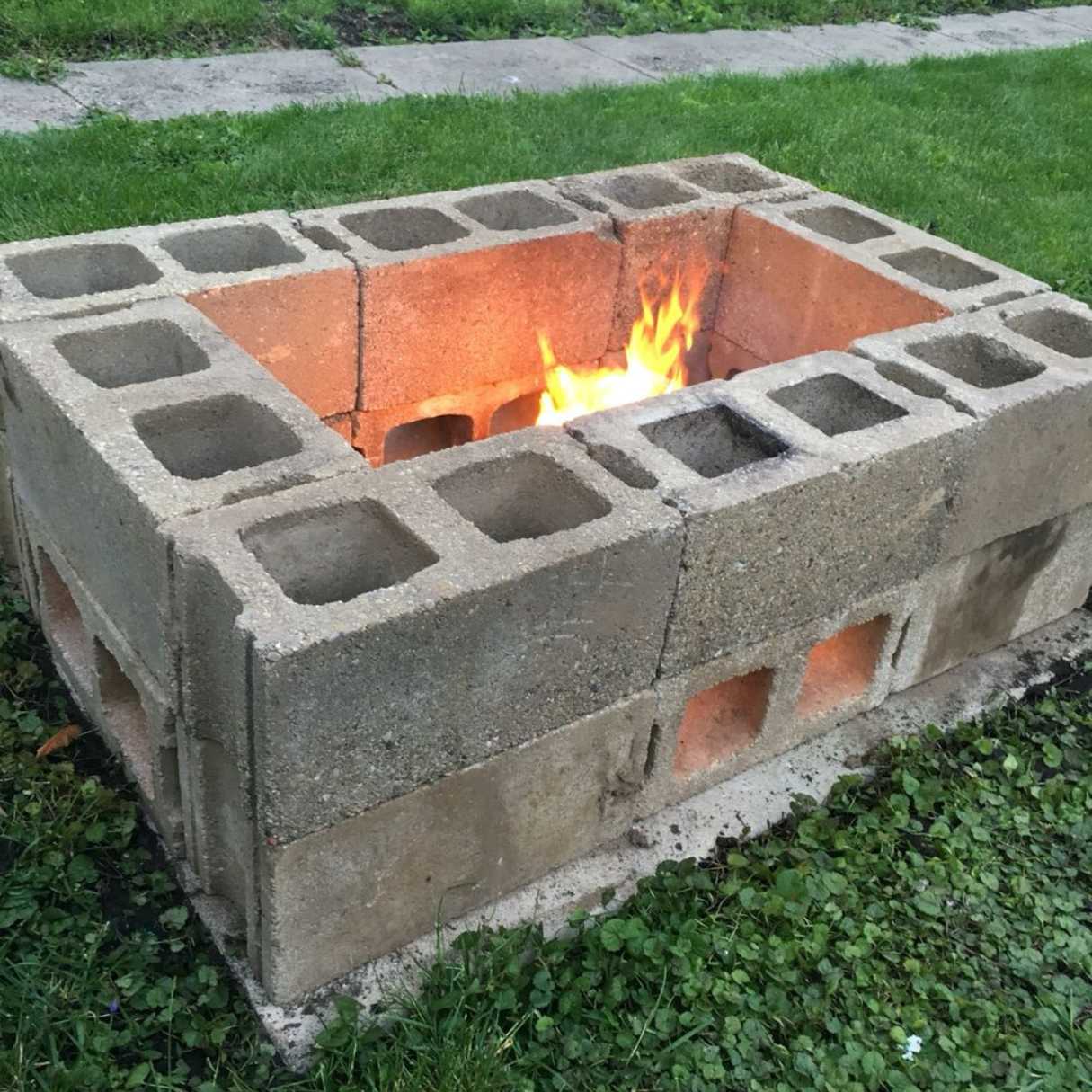


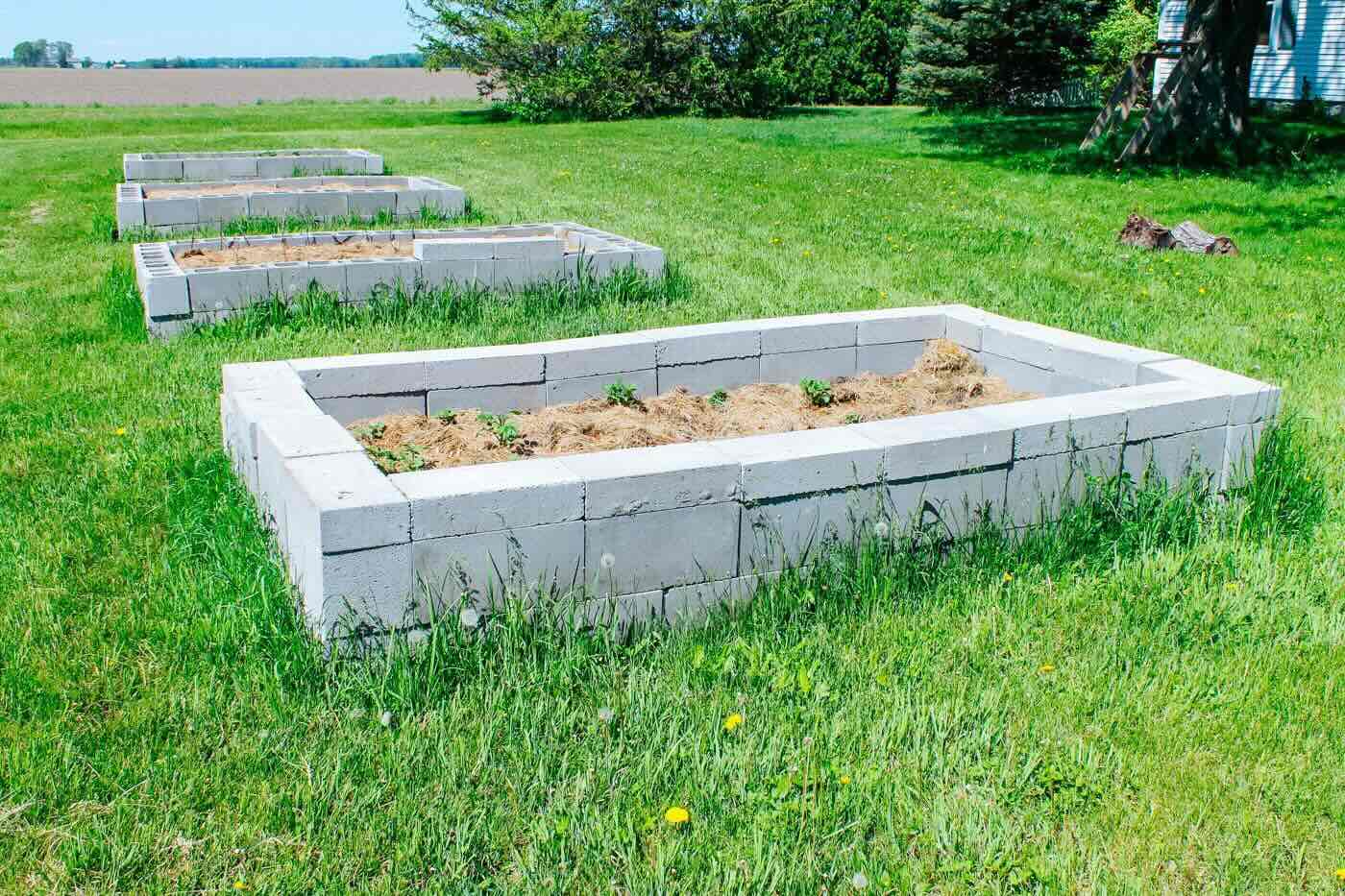
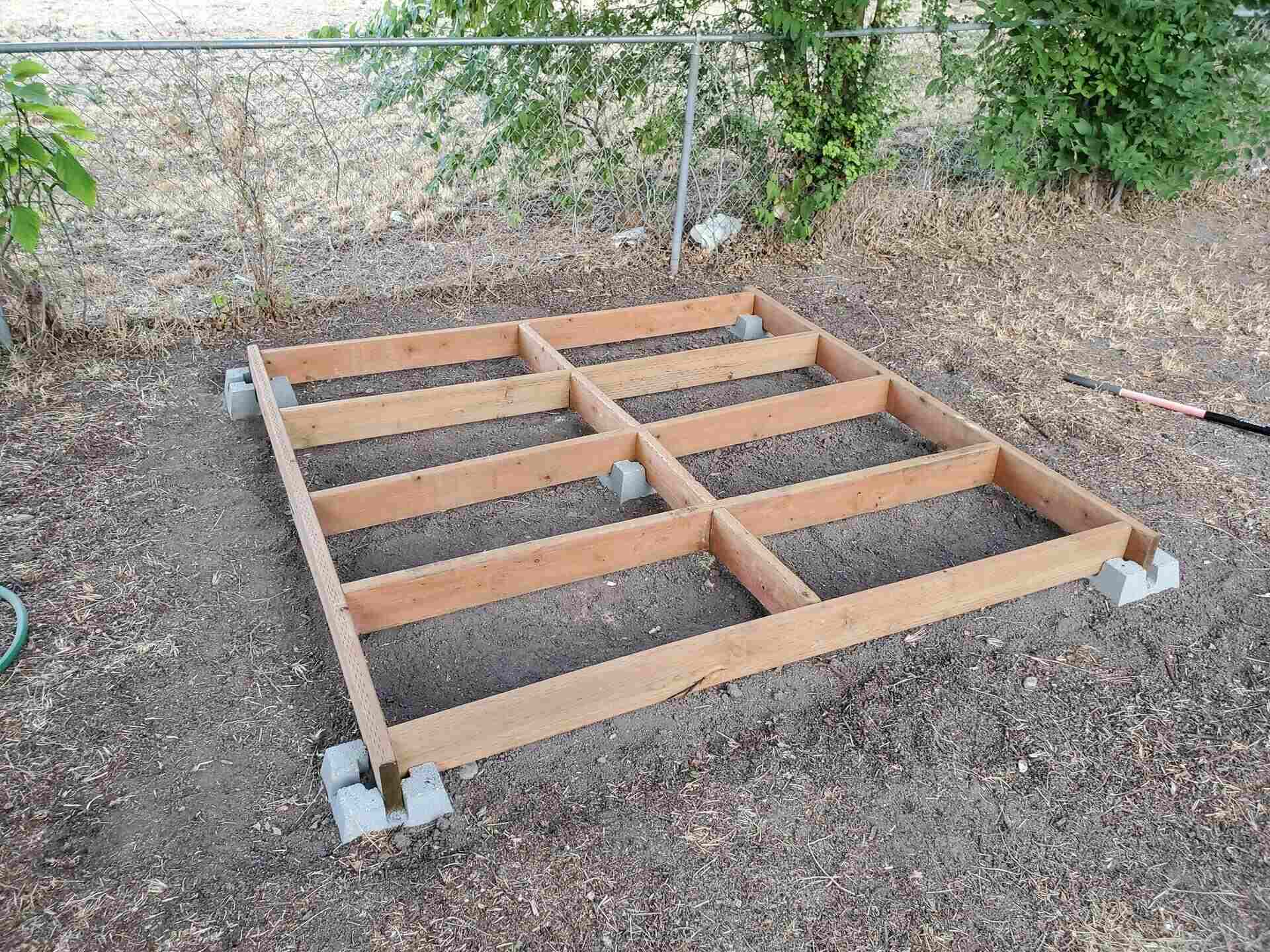
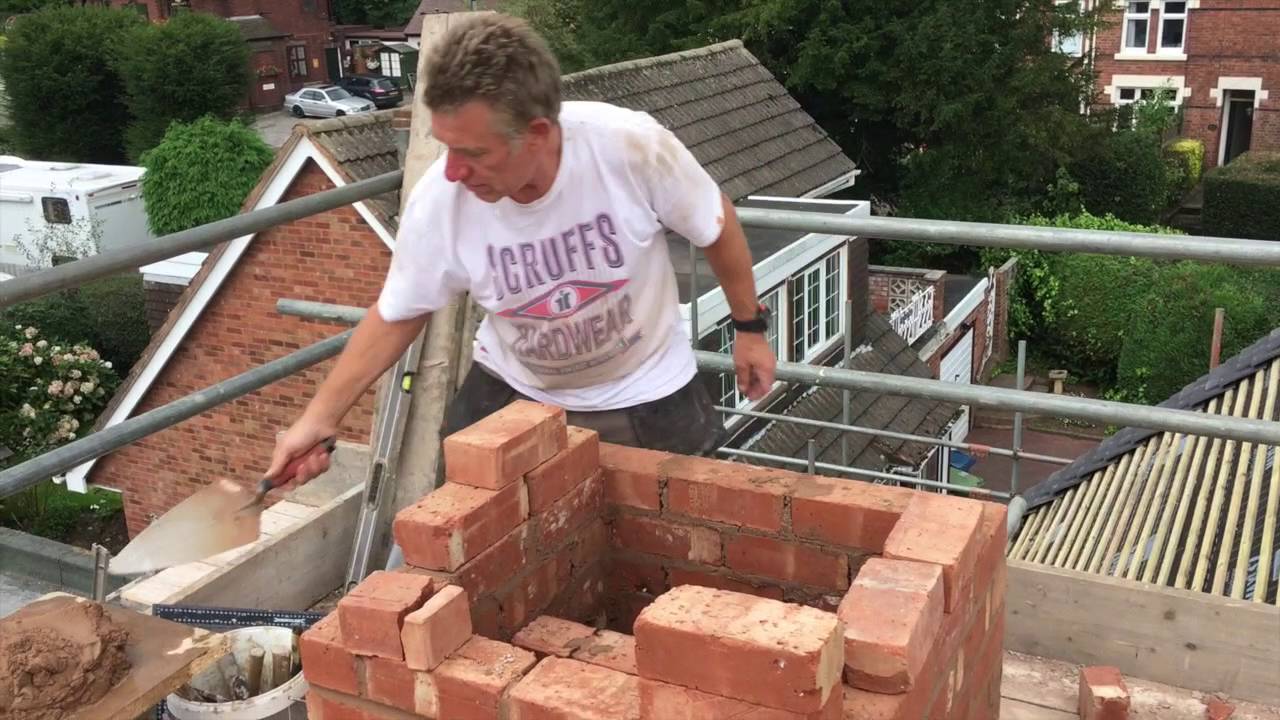
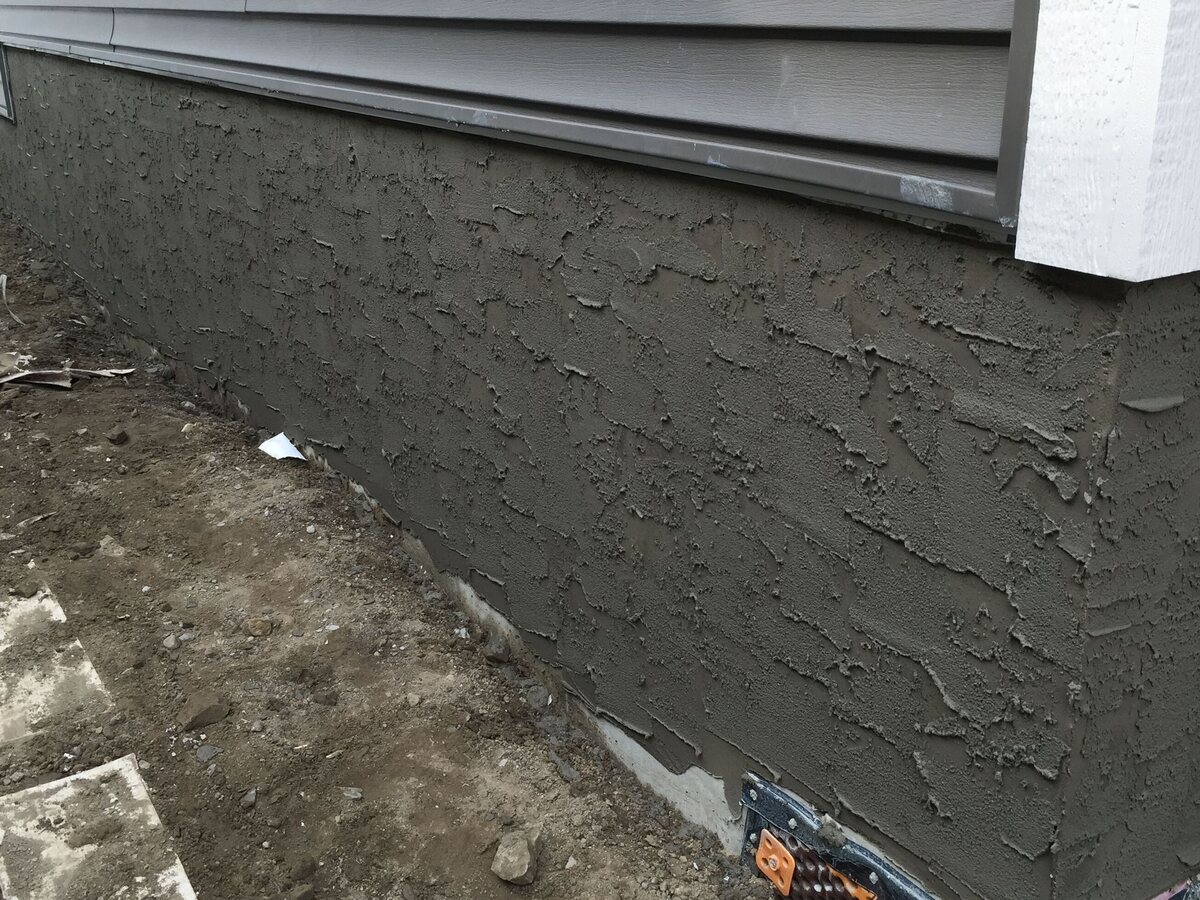
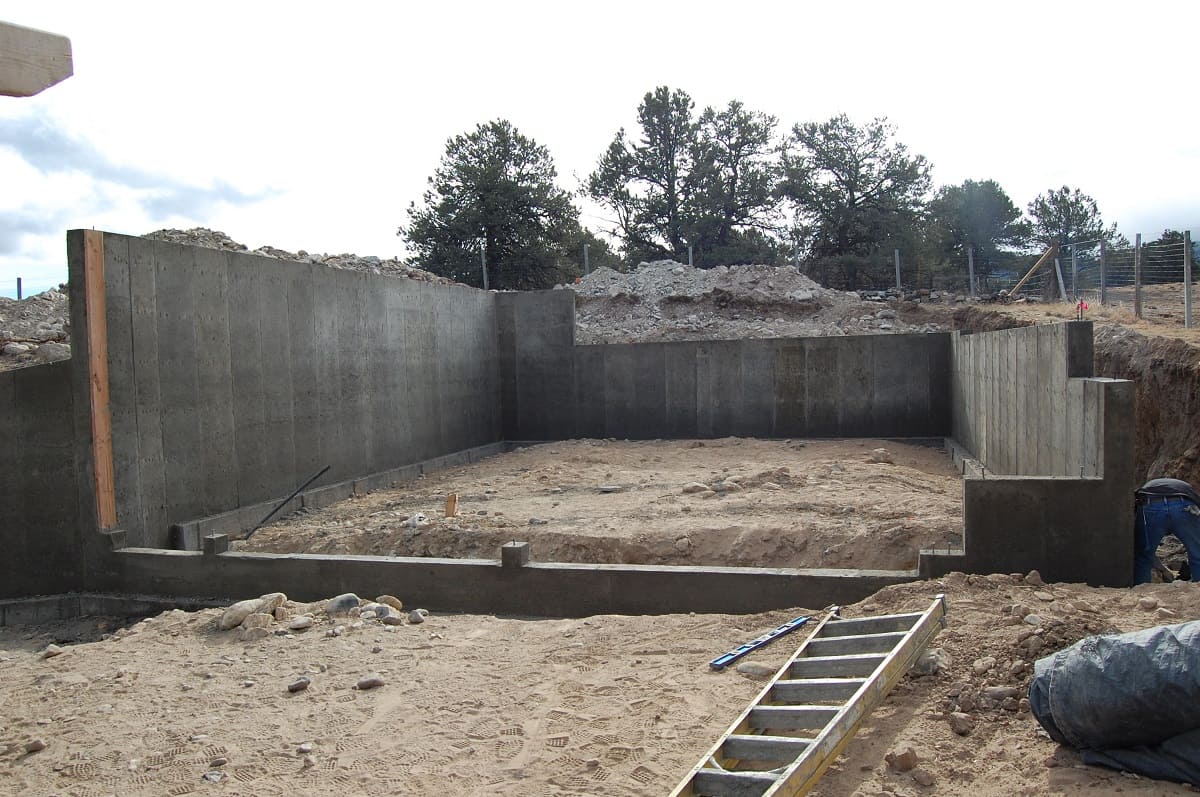
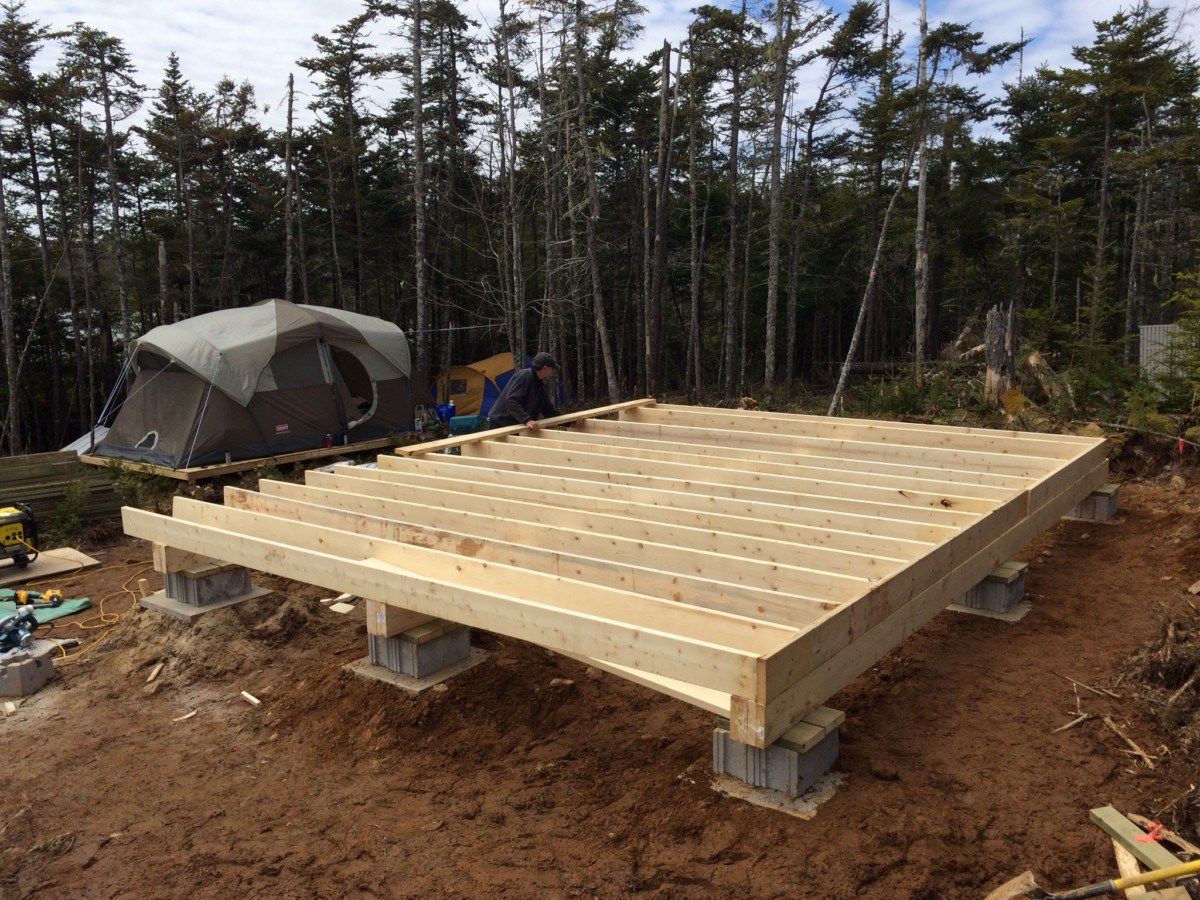
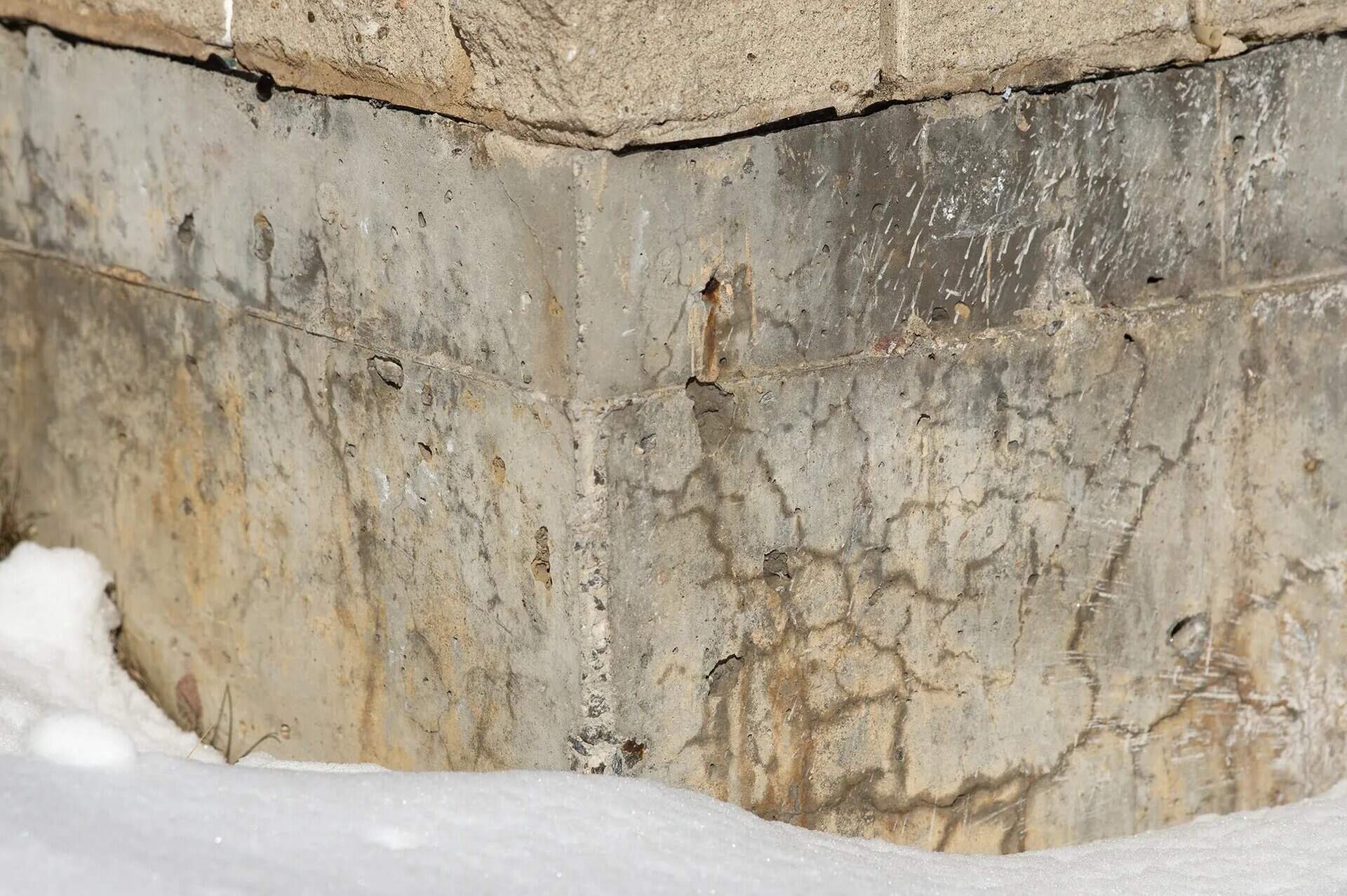
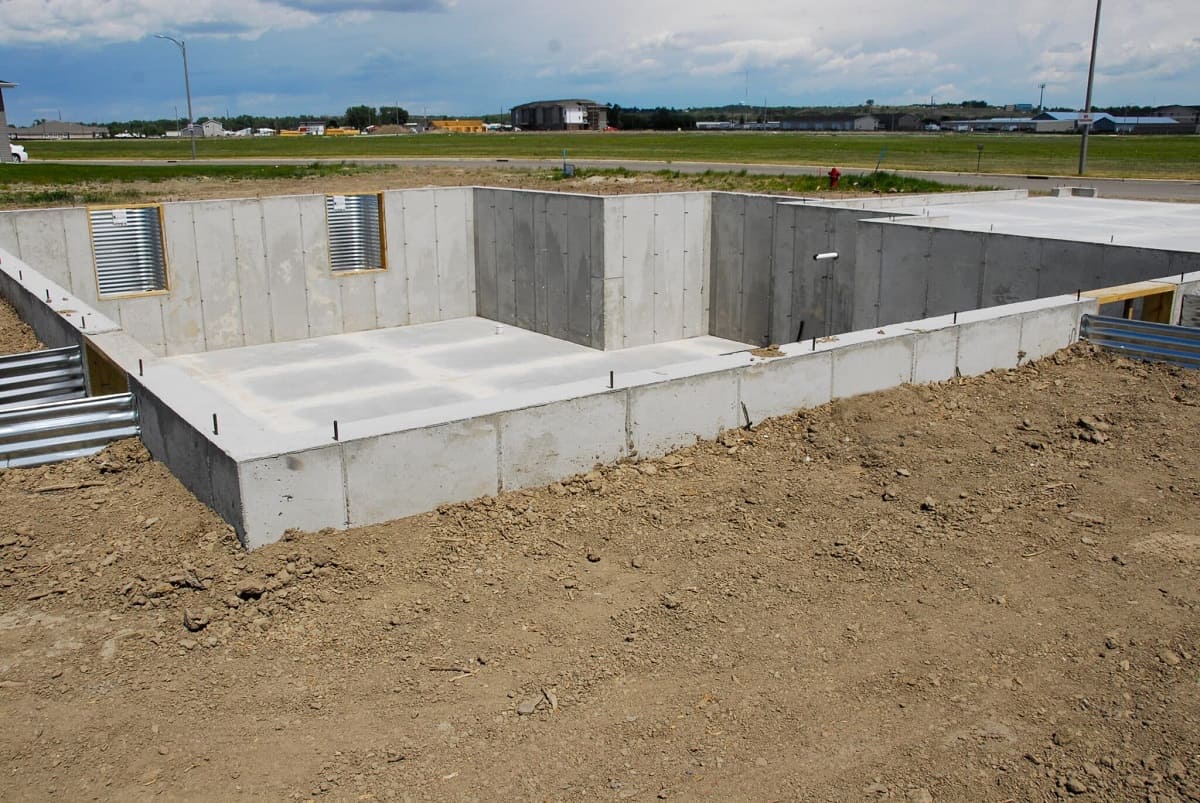
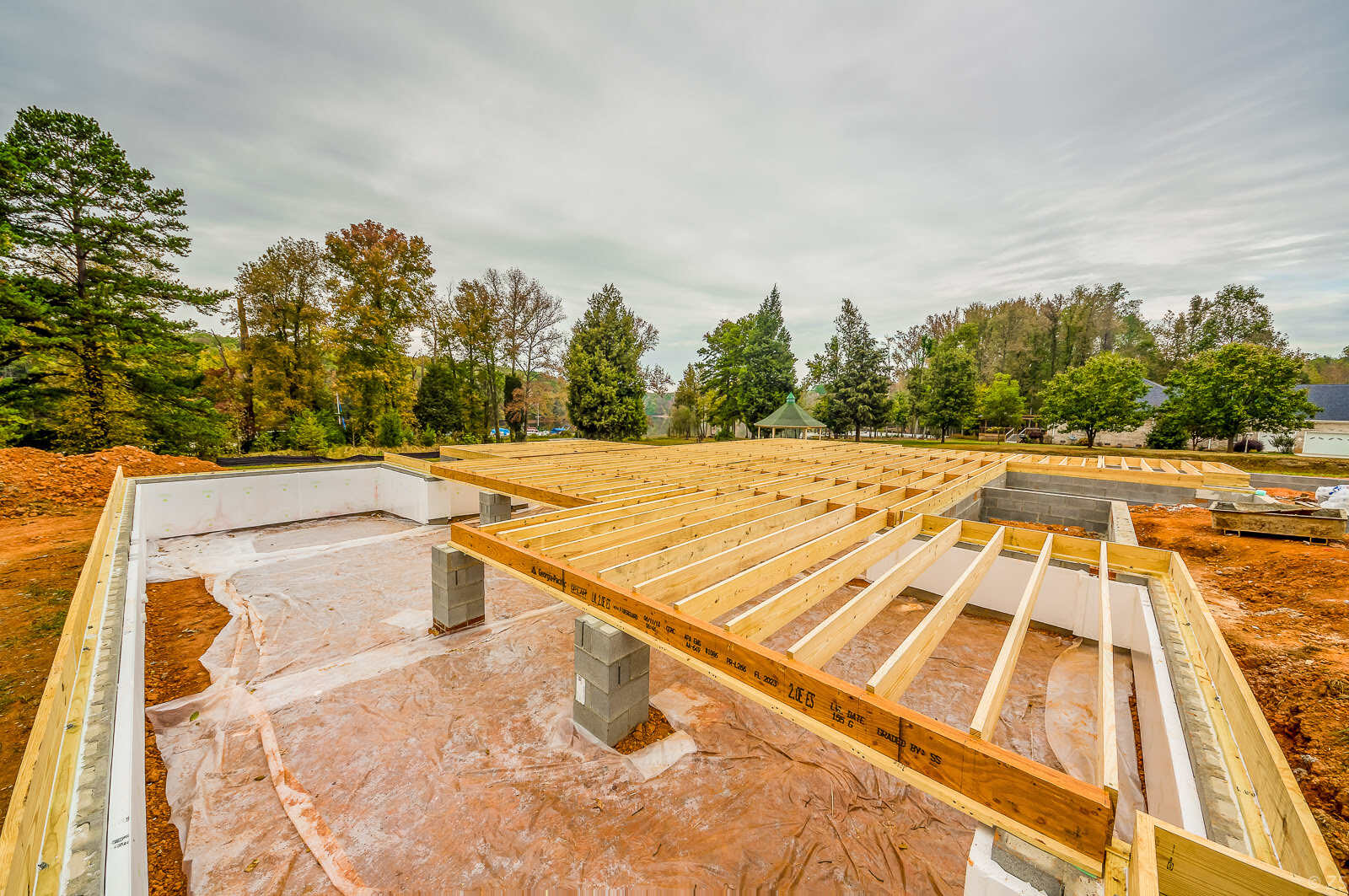

0 thoughts on “How To Repair Cinder Block Foundation”